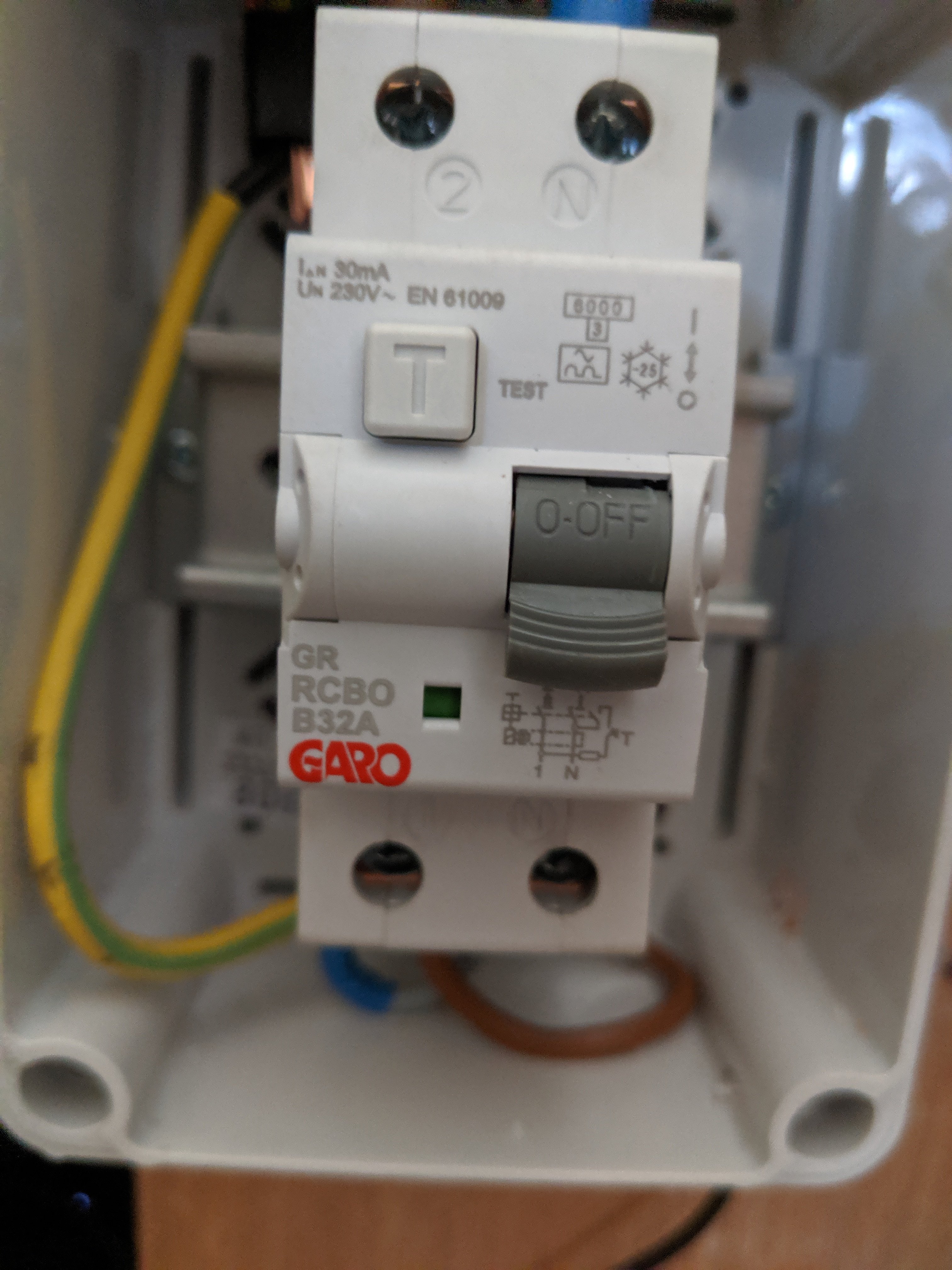It was suggested to use 64A cabling just in case I want a second charger in future (minimal extra hardware cost, same labour) - would be happy at this stage to just load share.
I'm all for safety, but this will be running >7' up.
If it's on the surface (all the way), and high up so no risk of mechanical damage, then no need for armoured. If it's concealed behind plaster etc (less than 50mm behind the surface) then armoured avoids the need for RCD protection of the cable. OTOH, armoured is fairly cheap because it's widely used and the expensive bit is the copper which is the same whether armoured or not, so there's not a great saving to be had.
Not quite sure which sizes you are comparing; the normal choice for just a chargepoint is between 4mm² and 6mm², where the 4mm² is only just barely sufficient. In that case, I strongly recommend the 6mm² as it will run cooler and therefore pay back the (small) difference in cost within a year or two by not wasting energy in heating the cable. Going to a still larger size the same effect will be there but much smaller so unlikely to pay back.
Run on the surface, normal ratings are 38A (4mm²), 49A (6mm²), 67A (10mm²), 89A (16mm²). That's at 70C temperature rating; people often use 90C rated armoured cable, but you can't normally use it at the full 90C rating because the equipment you are terminating it to can't take the higher temperature (the place where it is useful is if you have to go through an attic or similar at high ambient temperature - there you can take advantage of the 90C rating in the middle of the cable while still being below 70C at the ends). For reference, the 90C ratings are: 49A (4mm²), 62A (6mm²), 85A (10mm²), 110A (16mm²). Individual cable manufacturers might quote a slightly different figure for their specific cable; possibly that's the source of your "64A".
In addition to the current rating there are voltage drop considerations if the length of the cable run is very long, which may make the smallest possible size not permitted rather than merely inadvisable.
So I'd normally be recommending 6mm² for a single chargepoint; that's got enough slack for some garage lighting/occasional use sockets if applicable, going up to 10mm² if two chargepoints or a lot of other stuff in the garage likely to be used at the same time as charging.



